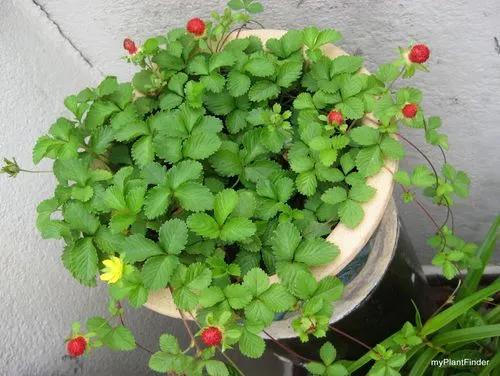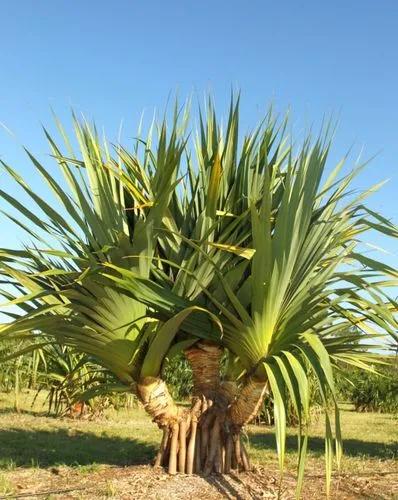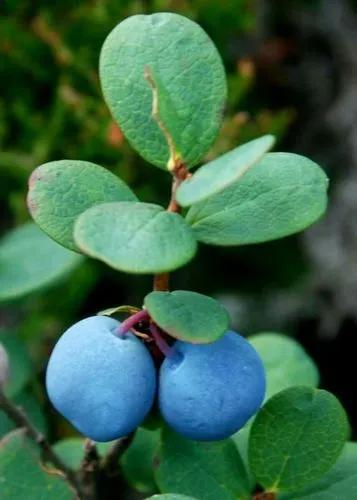Gardeners in northern climates are faced with a challenge in keeping the landscape interesting when the last of the autumn flowers and colorful fall foliage have faded. Winter is a time when many gardeners resign themselves to a dreary winter landscape, spending their time planning next year's garden. But if your landscape has been well planned, winter need not be a time of colorlessness.Winterberry (Ilex verticillata), a deciduous holly shrub that is native to the eastern U.S., can be a great addition to the landscape, as it produces bright red berries that persist through the entire winter and into spring. Not only do the bright berries add important color to winter landscapes, but they also lure in colorful birds that love to feed on the prolific red berries.Unlike other familiar holly shrubs, winterberry is a deciduous shrub rather than an evergreen. Although one might view this as a drawback, it proves to be a beneficial trait, since it allows the exciting display of red berries to come to the forefront as winter arrives.
Black-alder Care
Ilex Verticillata



It can be invasive in the US and have an aggressive root system in other regions.
How to Care for the Plant

Water

Winterberry holly prefers fairly wet conditions. Do not plant it in dry soil or in a dry climate unless you are willing to water frequently. This plant will require 1 inch of water per week, either through rainfall or irrigation.

Pruning

Because the flowers (and resulting berries) appear on new growth, this shrub should be pruned to shape in early spring, just before new growth appears. Pruning is recommended because these shrubs not only grow tall, they also sucker profusely if not controlled. Remove up to (but no more than) 1/3 of the branches each year. Target the oldest branches, and prune them down to ground level

Fertilizer

Winterberry usually doesn't require feeding unless growth is very slow. Where needed, 1/2 cup of balanced 10-10-10 fertilizer applied each spring usually is sufficient. Where alkaline soil is a problem, an acid fertilizer may help.

Sunlight

Winterberry holly will do well in either full sun or part shade.

Soil

This plant adapts to both light and heavy soils but performs best in acidic loam with a good level of organic material. It does poorly in neutral to alkaline soil, which can cause fatal chlorosis (yellowing of the leaves). Feeding with an acid fertilizer can prevent this.

Temperature

Wiinterberry has a good tolerance for all temperature and humidity conditions across its hardiness range, though it does not do well in conditions of prolonged dryness.

Additional

Like all hollies, winterberry is mildly toxic to some animals and to people. The berries contain a caffeine-like alkaloid called theobromine which, in large doses, can cause dizziness, elevated pulse, nausea, and diarrhea. Don't use this plant where children, dogs, or cats are likely to eat the berries.

Popularity

634 people already have this plant 167 people have added this plant to their wishlists
Discover more plants with the list below
Popular articles






